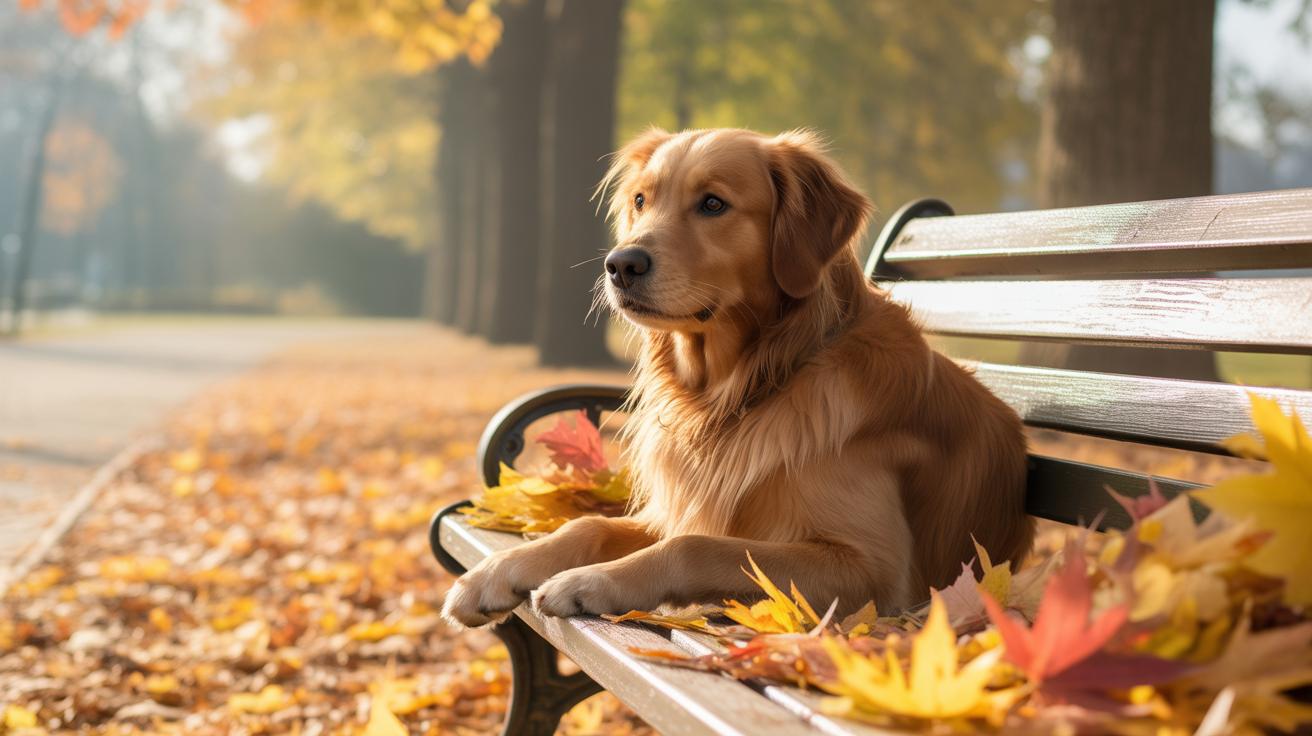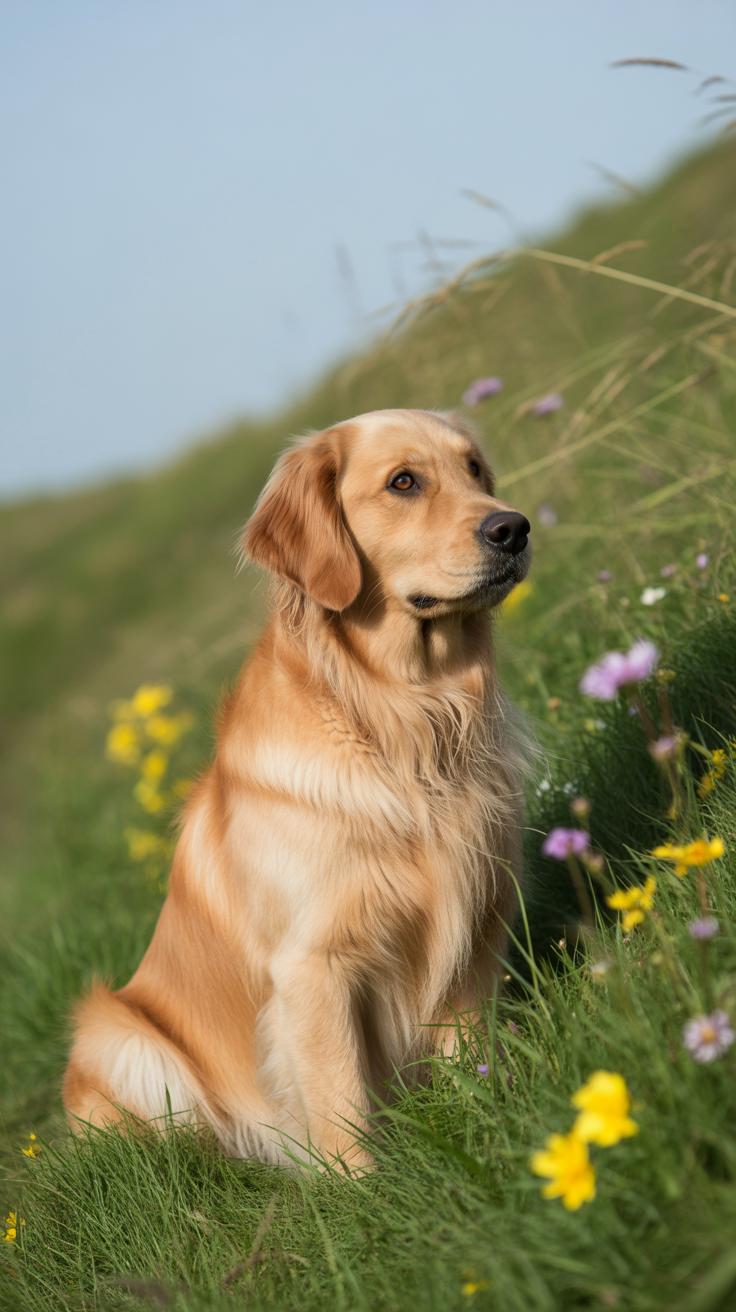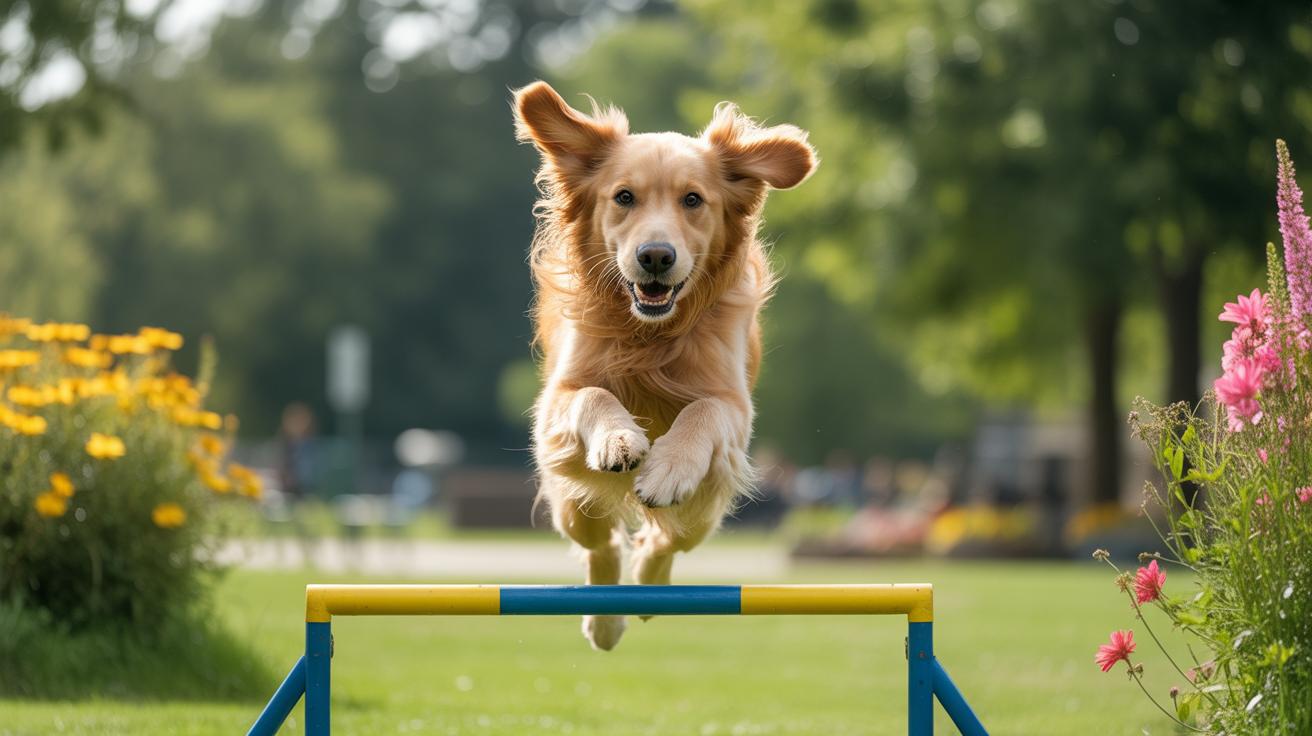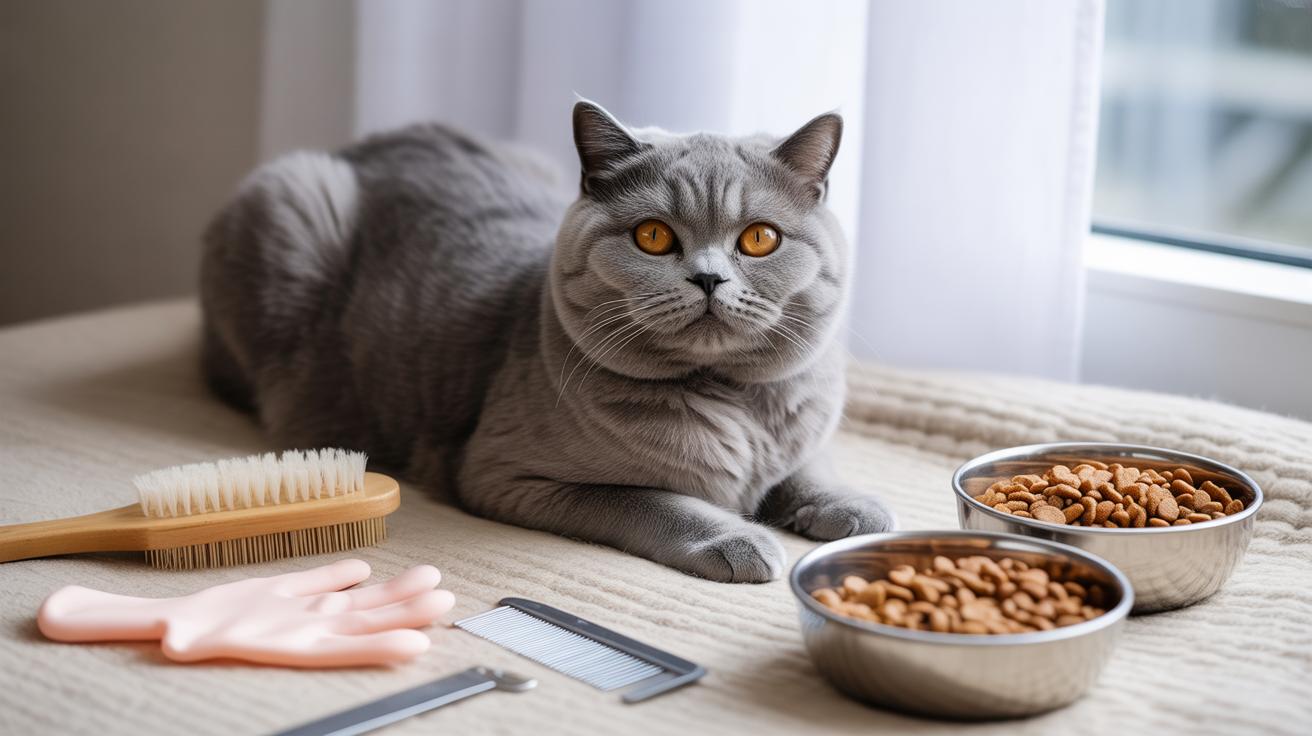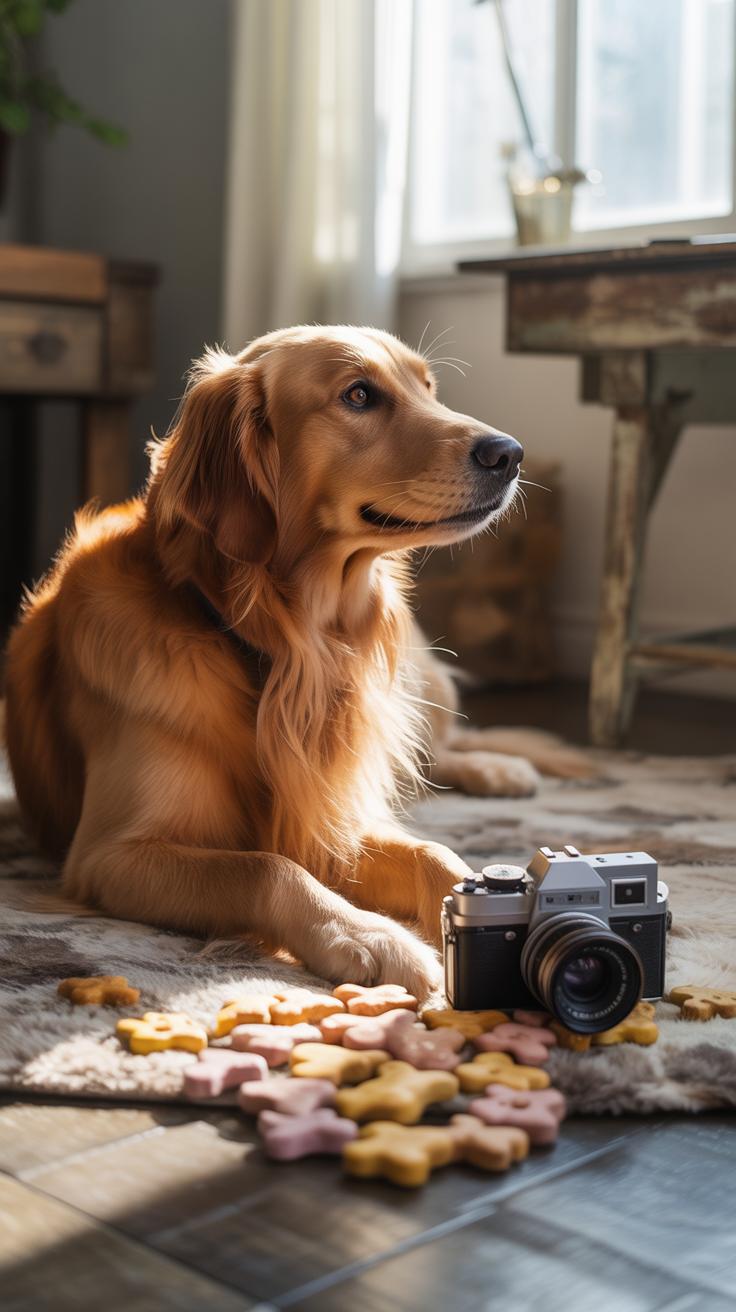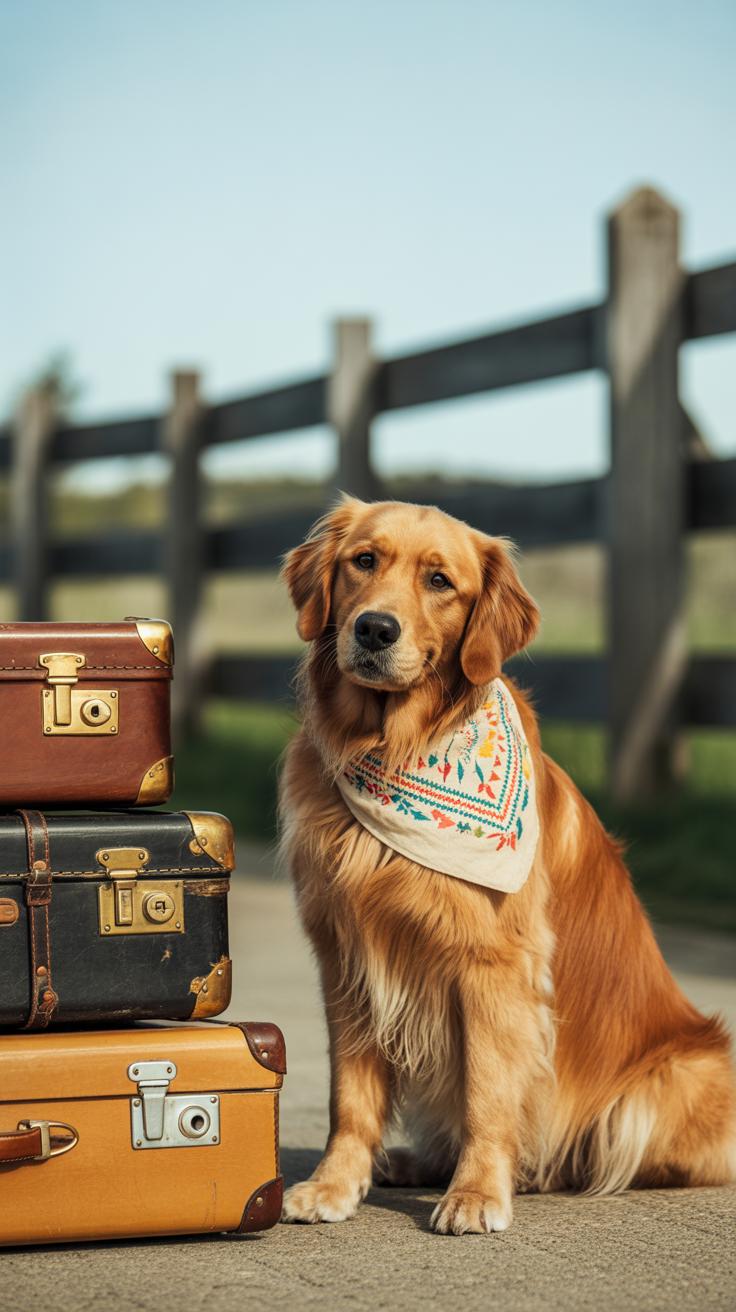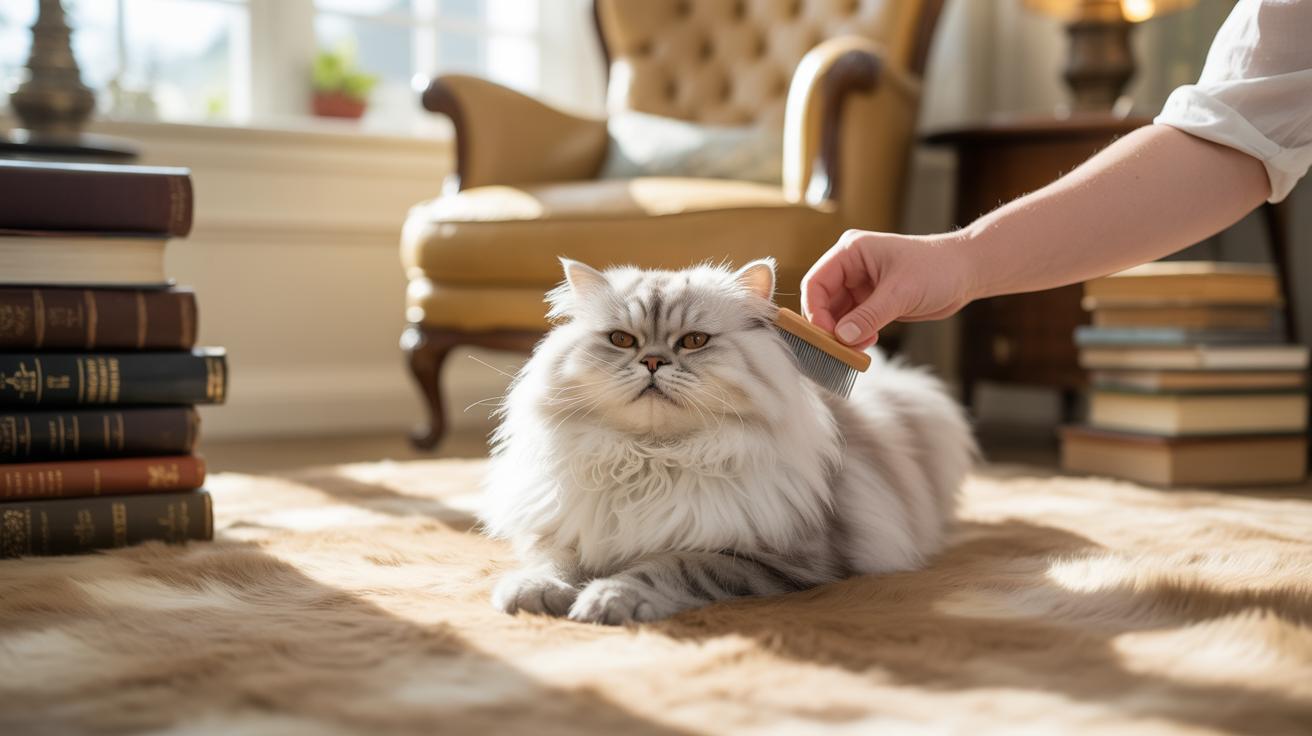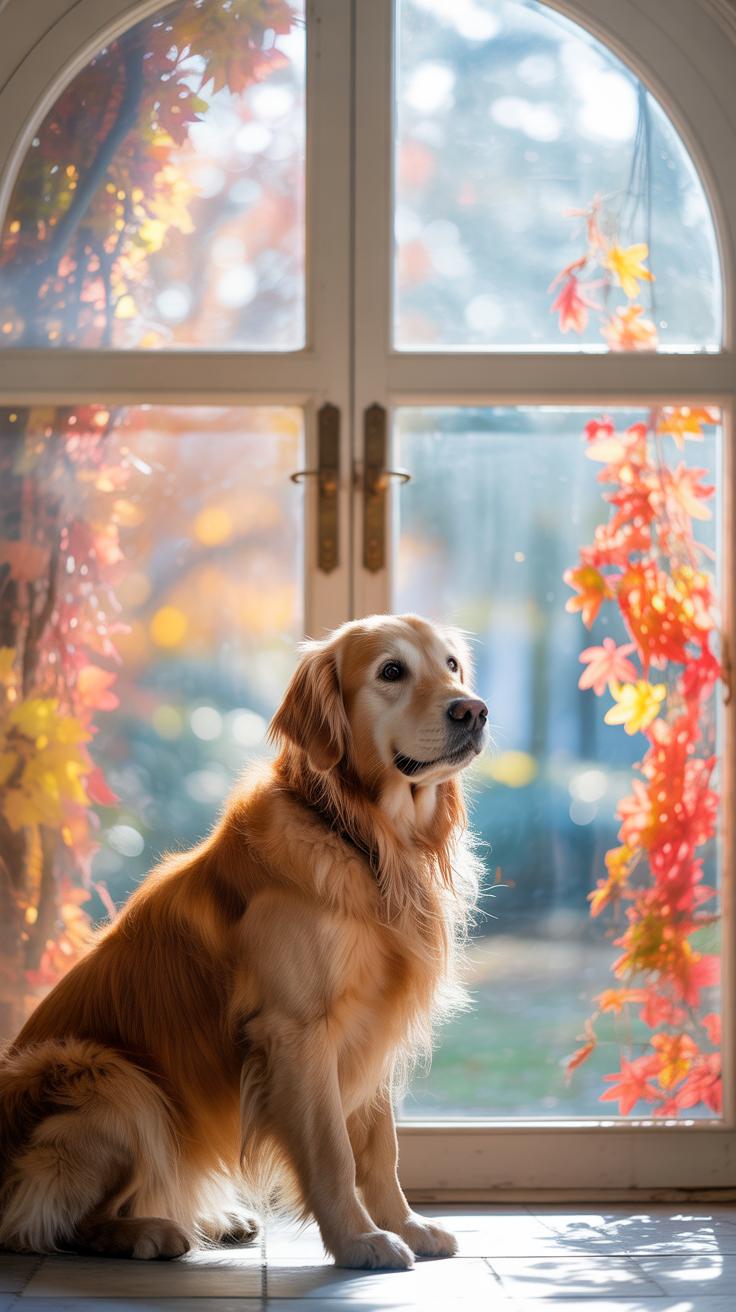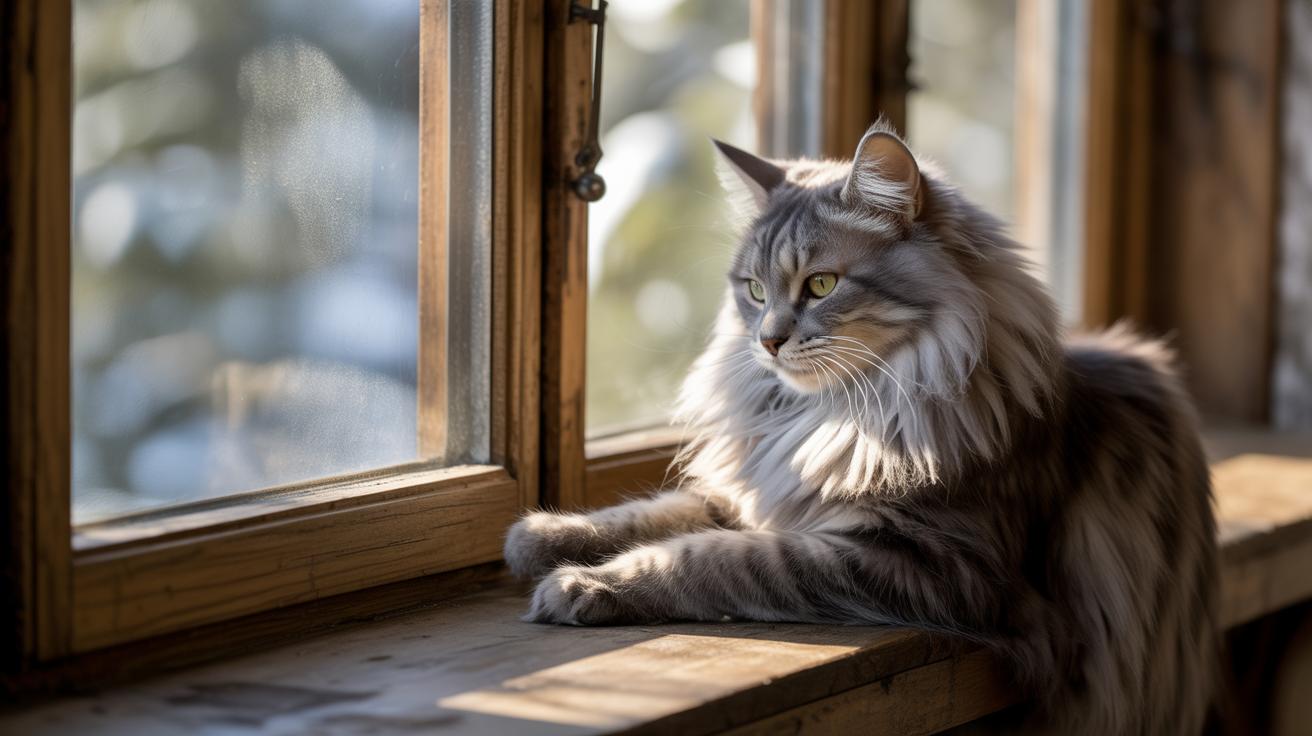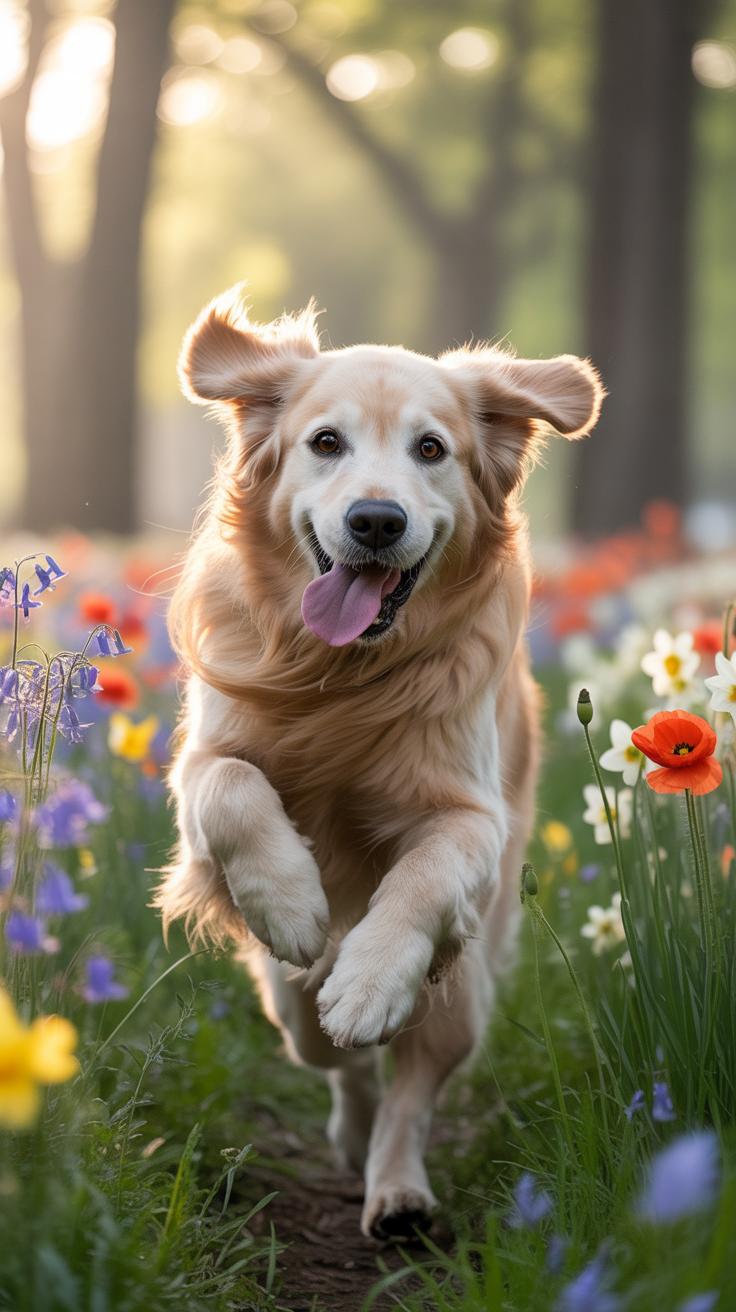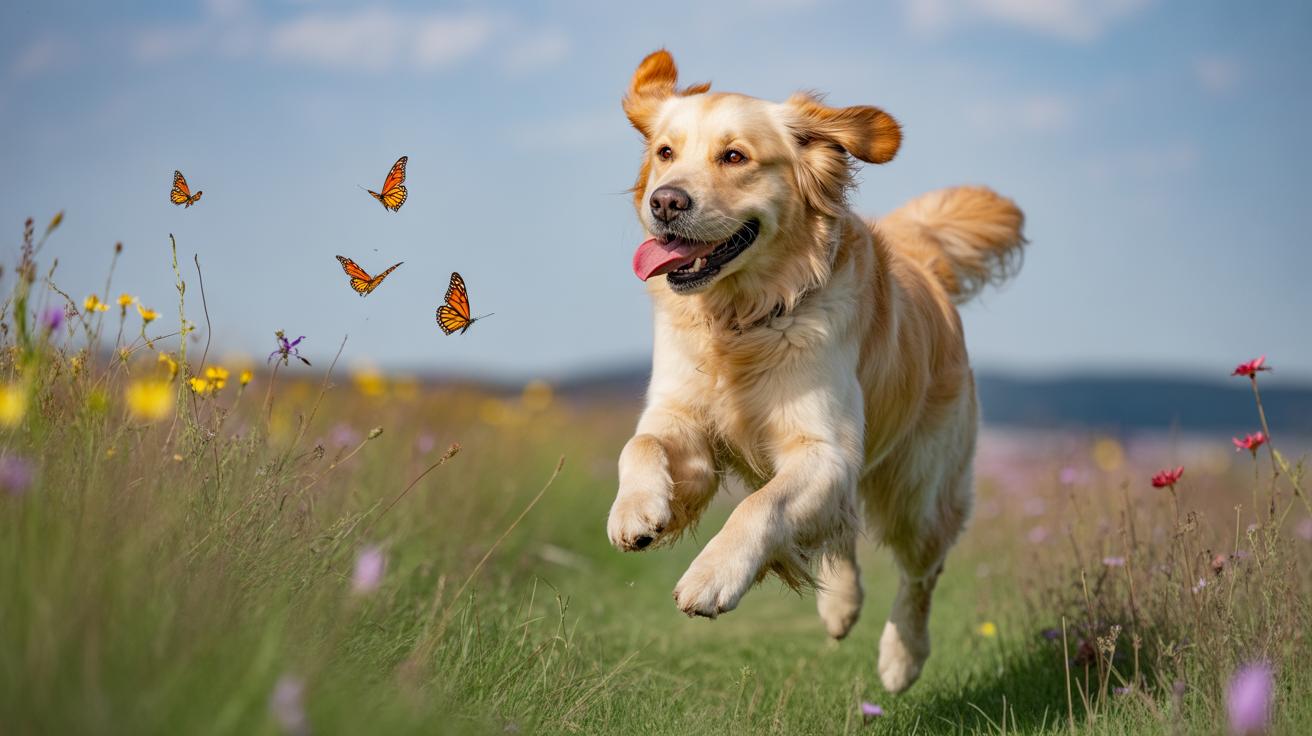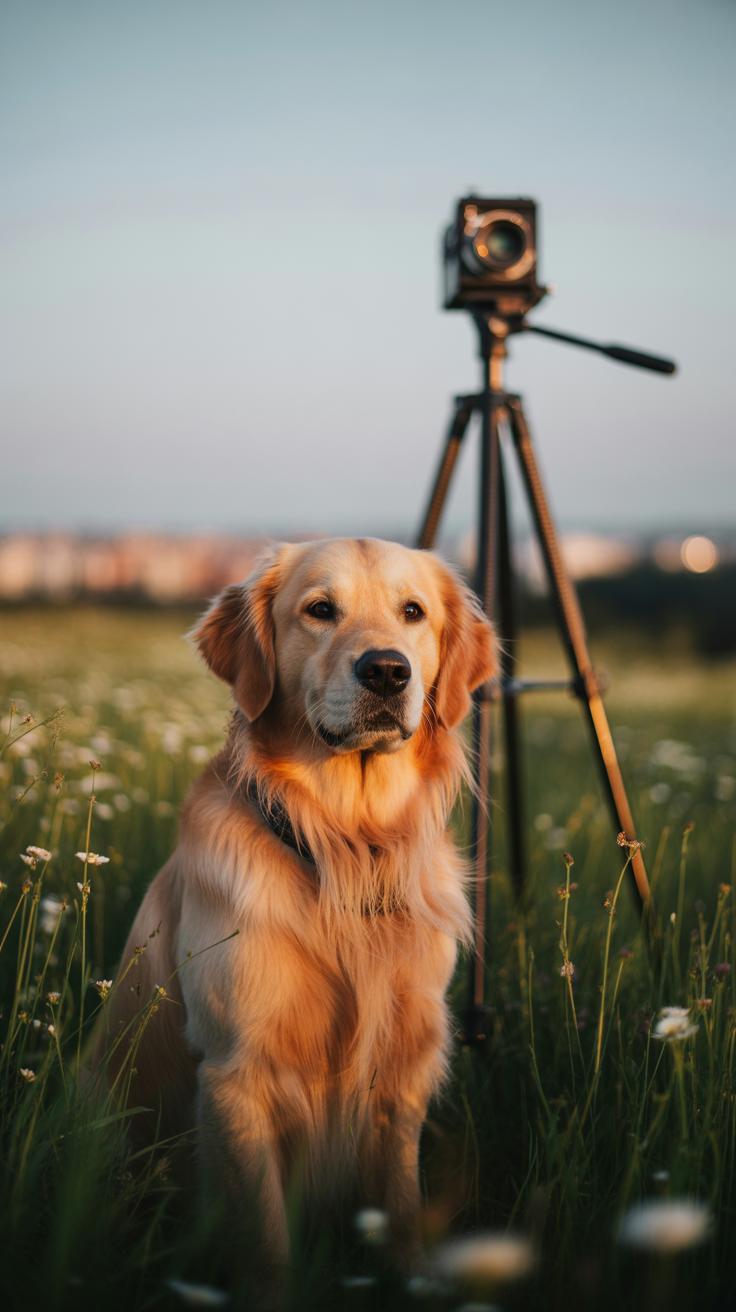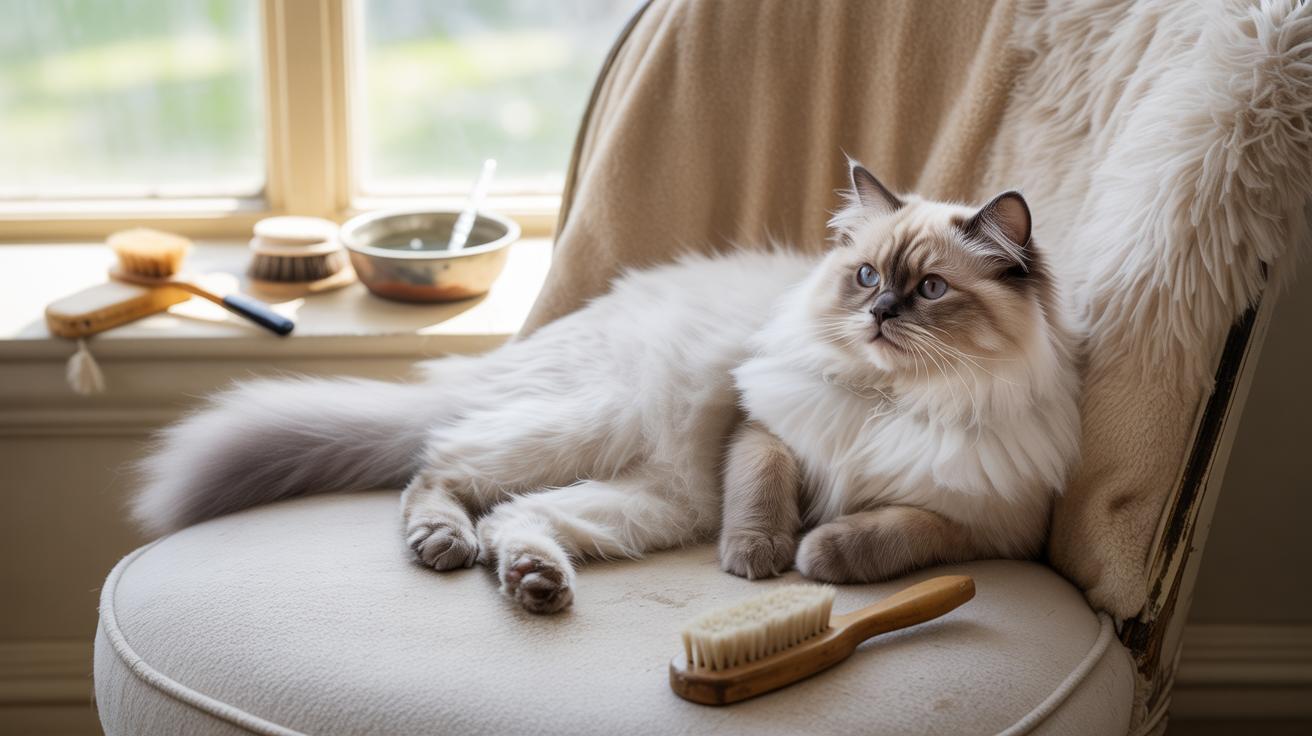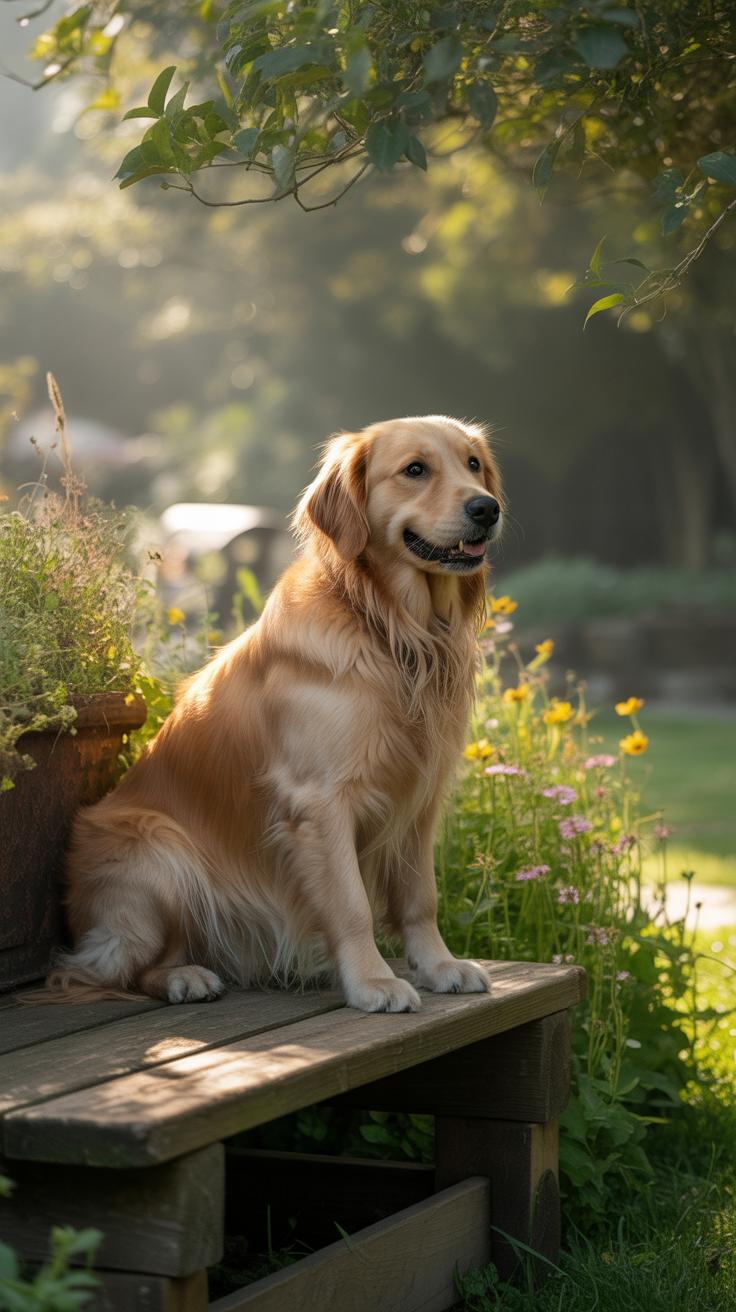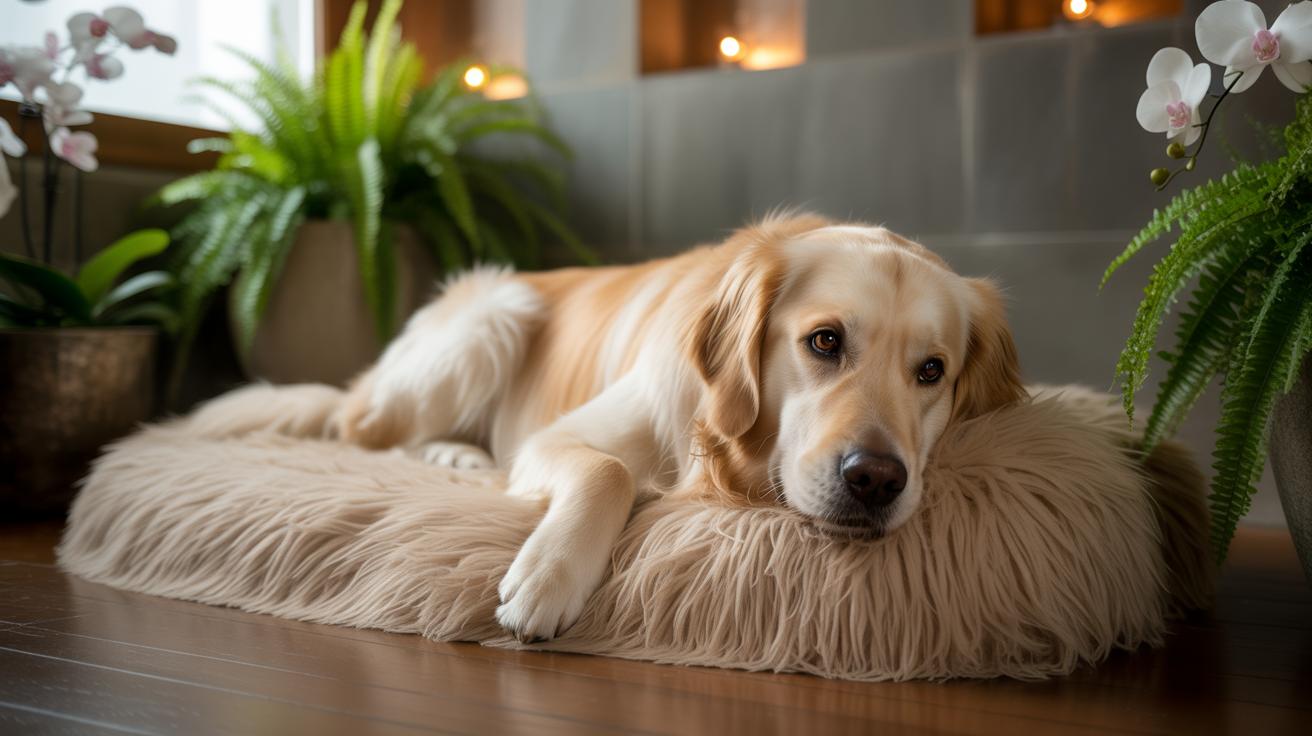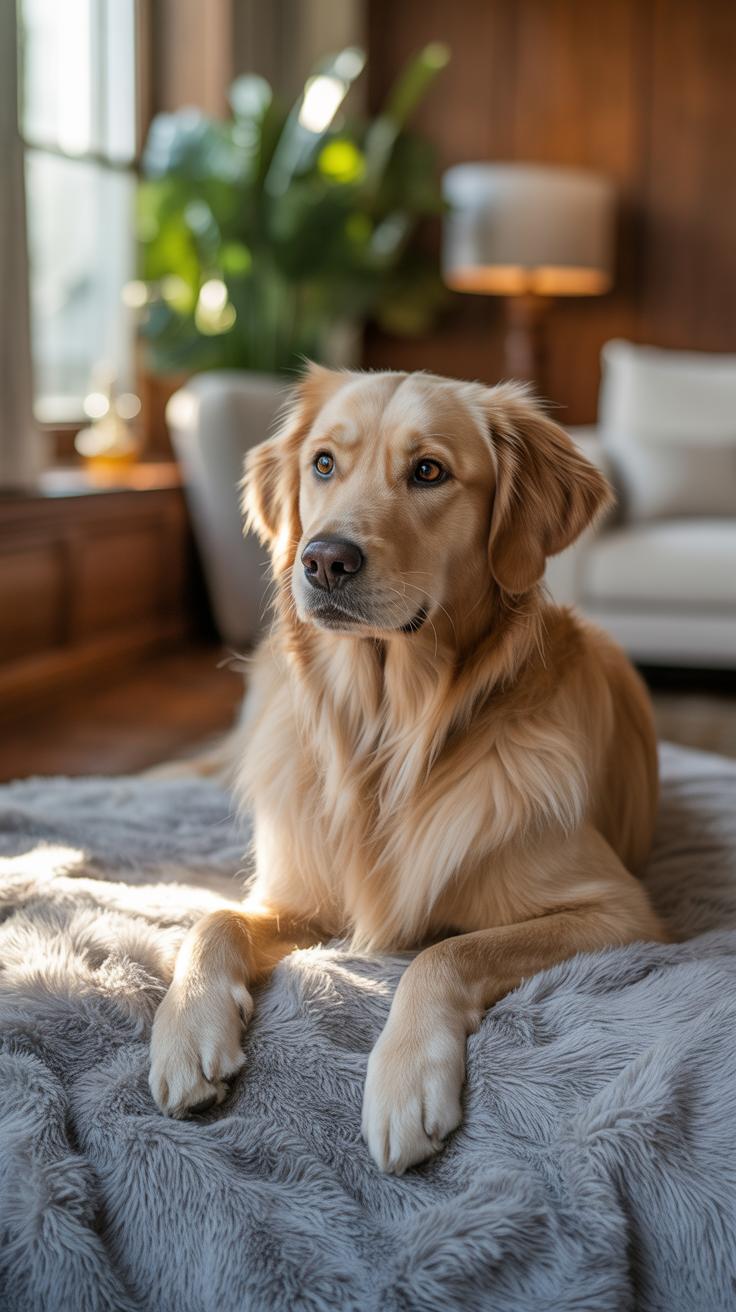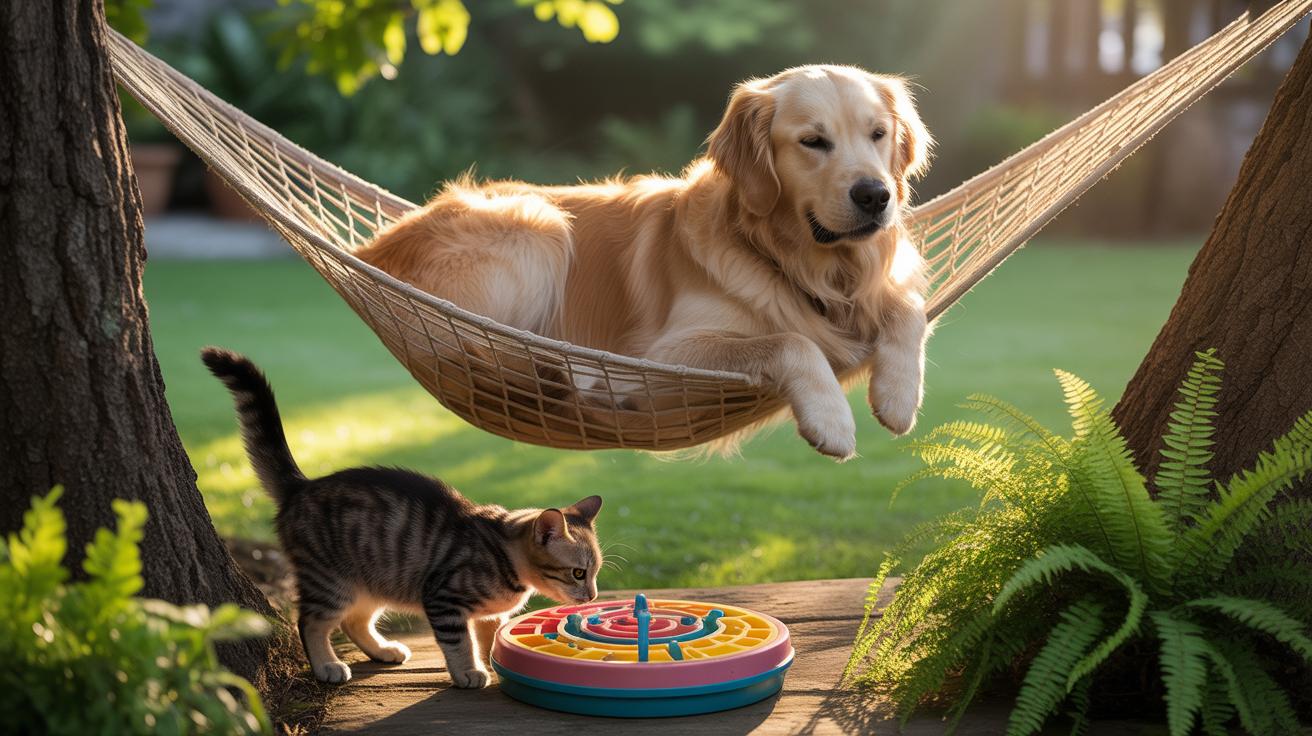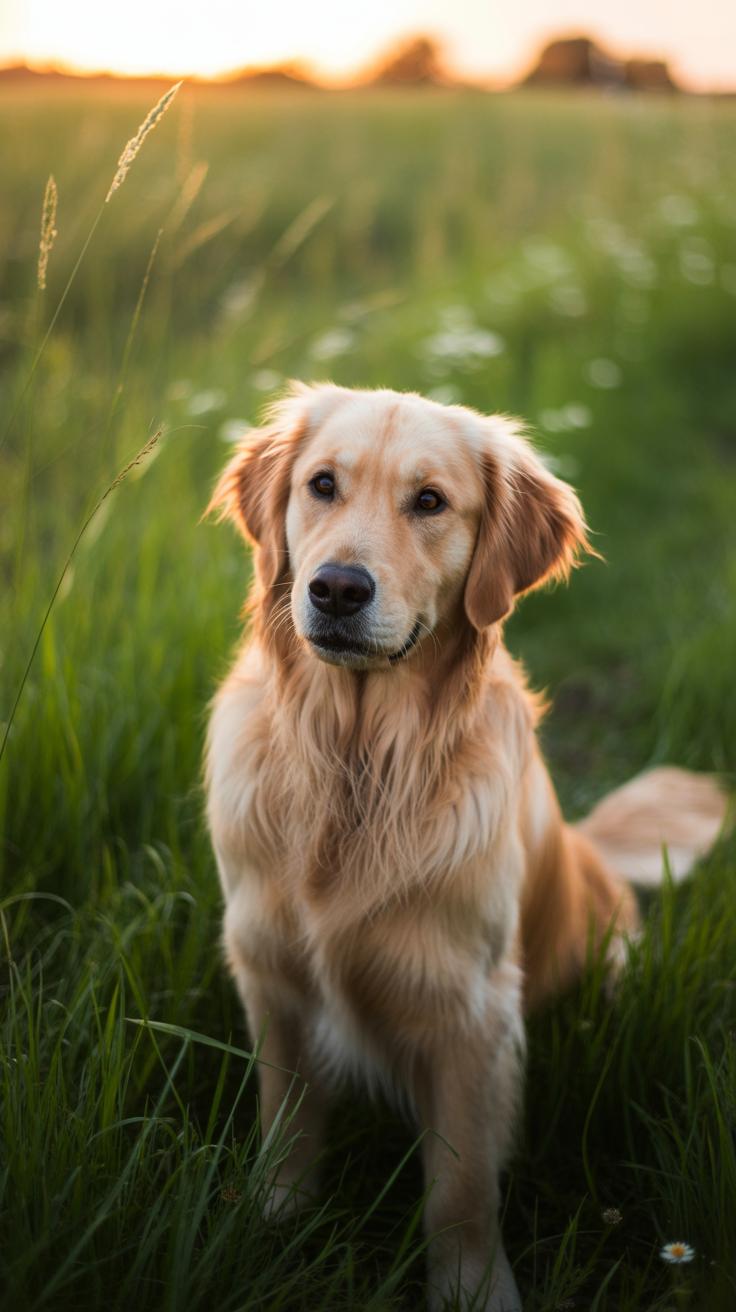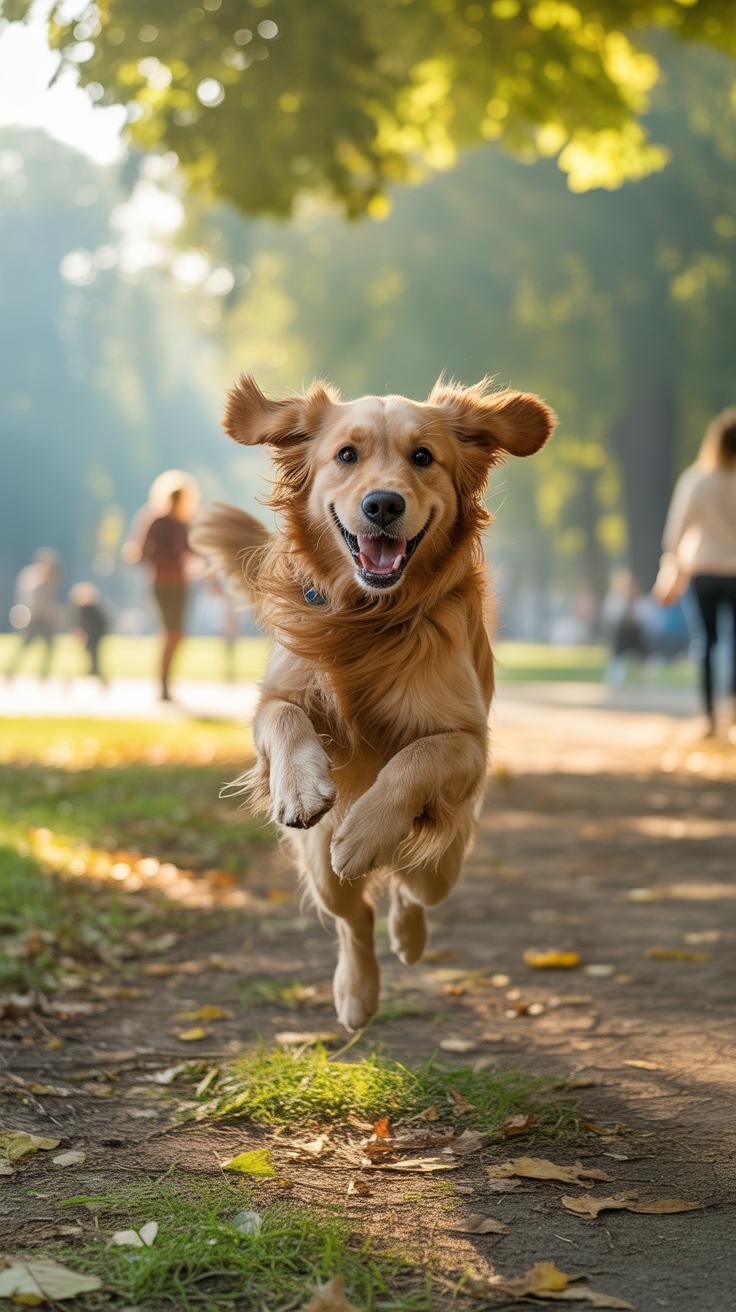Introduction
Your dog deserves to shine in every photo. A well-planned dog photoshoot can reveal your pet’s personality and create lasting memories. Whether it’s for a birthday, holiday, or just because, capturing your dog’s best moments is rewarding.
This article explores creative dog photoshoot ideas that brighten your pet’s charm. We’ll guide you through setting up the shoot, choosing locations, using props, and snapping perfect shots. By following these tips, you can make your dog the star of every photo.
Choosing the Right Location
Picking the spot for your dog’s photoshoot is more than just finding a pretty backdrop. It’s about where your dog feels at ease and where the light works in your favor. Indoors, natural light streaming through windows can be soft and flattering, but you might have to move around furniture or find a quiet room. Outdoor spaces like parks or gardens offer variety—open fields, colorful leaves, or textured paths—but control over light and distractions can be tricky.
Think about these factors:
- Lighting: Is there enough natural light, or will you need additional lamps or reflectors?
- Background: Will it be too busy or distract from your dog?
- Safety: Are there hazards like sharp objects, poisonous plants, or busy roads nearby?
Sometimes a simple corner of your living room with a clean wall works just as well as a sunlit park. Of course, the outdoors might inspire more active shots, while indoors suits calmer moments. But, yes, each location comes with its quirks that can either help or hinder your shoot.
Indoor vs Outdoor Settings
Indoor shoots offer controlled lighting and fewer distractions. Your dog is in familiar territory, which often means less stress and better focus. Still, space might be limited, and the background can become repetitive quickly. You may find yourself juggling shadows or reflections from windows and mirrors.
On the other hand, outdoor shoots bring natural light and dynamic backgrounds. Movement and fresh air might make your dog happier, but unpredictable weather, insects, or noise could interrupt the flow. Sometimes your dog’s attention wanders more outside, making quick, candid shots challenging.
So which to pick? It really depends on your dog’s personality and the kind of photos you want. I once tried to shoot my energetic terrier indoors—it was chaotic. Outdoors, that same energy translated into lively, expressive shots, even if I had to chase him a bit.
Safe and Comfortable Space
Making your dog feel safe is probably the single most important thing. A relaxed dog gives you better photos. Bring familiar toys or treats to keep things positive. Avoid slippery floors or clutter that can trip your dog or cause stress.
Try to minimize loud noises or crowds, especially if your dog is shy or easily startled. Give them breaks between shots to explore or just breathe. Watch for signals—if your dog seems restless or anxious, it’s okay to pause or change tactics. After all, patience often pays off more than pushing for a perfect pose.
Preparing Your Dog
Getting your dog ready for a photoshoot takes a bit more than just snapping pictures. It starts with grooming—clean fur really makes a difference on camera. Give your dog a thorough brushing to remove loose hair and tangles. If your pup’s coat tends to get dull or dusty, a quick bath beforehand can brighten things up, but don’t overdo it since fresh shampoo smells might make your dog a bit uneasy.
Besides appearance, think about your dog’s mood. A tired or restless dog won’t exactly pose like a star. Exercise before the shoot can help—take them for a brisk walk or have a short play session to burn off that extra energy. It’s interesting how some dogs actually become more focused after some physical activity, but others might get overwhelmed. You might have to feel it out.
Setting the mood is tricky but crucial. Keep the environment calm and familiar if possible. Maybe bring along a favorite blanket or toy. Sometimes, just spending a few quiet minutes together before you start helps your dog relax. Patience here pays off—you might have to pause or move slowly to get their attention, especially with nervous or excitable pups.
Using Props and Accessories
Props can turn an ordinary dog photoshoot into something memorable. Simple items like collars, toys, or costumes often bring out a fresh side of your pet, adding a playful or charming touch that might not appear otherwise. For example, a bright bandana can highlight your dog’s eyes, or a favorite toy can encourage natural, joyful poses.
When it comes to choosing props, think about your dog’s personality first. A calm dog might look great in a soft scarf or subtle collar, while an energetic dog could show more life with a ball or frisbee. Sometimes, costumes work—but only if your dog tolerates them without stress. If your dog hates wearing outfits, forcing it might cause more harm than good to the final shot.
Safety has to come first. Avoid props that could be swallowed or have small parts that pose choking risks. Pay attention to your dog’s reactions—if they seem uneasy or start chewing, it might be time to swap out the prop. Making sure items are lightweight and comfortable helps keep your dog’s focus on play, not discomfort. You want a photoshoot where both of you enjoy the moment, not one full of distractions or worries.
Lighting Tips for Dog Photos
Lighting can totally change how your dog looks in a photo. It affects everything—from the sharpness of their fur to the mood that comes through. Sometimes the right light makes your dog’s eyes sparkle or their coat glow. Other times, poor lighting can leave the image flat or shadowed in odd places. So, thinking about light isn’t just a detail; it really sets the whole tone of the shot.
Natural Light Advantages
Natural light usually works best for dog photos because it’s soft and even. Especially during early morning or late afternoon, the sun casts a gentle glow that flatters fur and highlights details without harsh shadows. Position your dog facing a window, or outdoors, try to avoid direct midday sun that can be too bright and wash out colors. Side lighting—where the sun hits from an angle—adds depth and texture, making the photo feel more alive.
Personally, I find that snapping pictures outside under a shaded tree is a great trick. The shade acts like a big diffuser, keeping the light balanced. It’s simple but effective. But honestly, sometimes the sun hides behind a cloud, and you just gotta wait it out or switch to plan B.
Using Artificial Light
When natural light isn’t enough, lamps and reflectors come in handy. A lamp with a soft white bulb can add warmth, but putting it too close might create unwanted shadows or make your dog squint—so brain it carefully. Reflectors are surprisingly useful; bouncing light back onto your dog fills in shadows and evens out tones. Even a simple white poster board can act as a reflector if you don’t have fancy gear.
One thing to watch is the color cast artificial light can throw—sometimes yellow or cool hues creep in. You might need to tweak your camera settings or adjust the light’s position a few times to get it right. It can be a bit tricky, but with some patience, artificial lighting can actually produce some pretty neat results, especially indoors or on gloomy days.
Capturing Your Dogs Personality
Capturing your dog’s unique personality in photos takes a mix of patience and quick reflexes. Dogs don’t always pose on command, so waiting quietly often leads to the most natural expressions. Sometimes, the perfect moment comes and goes fast—being ready to snap off a series of shots helps catch that playful spark or curious tilt of the head before it disappears.
Watching your dog’s natural behavior is key. You might notice a wagging tail signaling excitement, or a calm gaze showing contentment. These little details say a lot about who your dog is. Try to anticipate what’s coming next. For example, if your dog perks up at a sound or looks at you expectantly before a treat, those split seconds often reveal the true character behind their eyes.
Treats and soft sounds work well to draw attention without startling your dog. Squeaky toys, gentle whistles, or calling their name can prompt lively expressions. Just be ready—sometimes your dog reacts differently, and that’s okay. You might get a goofy look or a surprising pose that’s somehow perfectly them. It’s about capturing those brief flashes of personality, not forcing a perfect picture every time.
Camera Settings for Dogs
Dogs rarely hold still, which means your camera settings need to keep up with their constant motion. One key factor is shutter speed. A fast shutter speed—think 1/500 seconds or faster—is crucial to freezing your dog’s movements and avoiding blur. When my pup suddenly bolts after a squirrel, a quick shutter saved what could have been a disappointing shot.
For focus, continuous autofocus mode (sometimes called AF-C or AI Servo) really helps, especially when the dog is on the move. It tracks your dog as they shift position, keeping the subject sharp. If your camera or phone has face detection, turn that on—it can improve focus on your dog’s eyes, which are the real soul of the shot.
Exposure matters too, but it’s a bit tricky. Dogs with lighter fur can confuse your camera’s meter, often causing underexposed photos. You might try exposure compensation to brighten the scene slightly. On the other hand, dark-coated dogs can lose detail if the camera overcompensates; here, underexposing a little can keep the fur texture visible.
Smartphones have improved a lot in these areas. Try tapping on your dog’s face to lock focus and exposure before snapping the picture. Many phones offer burst mode—use it to get several shots in quick succession, then pick the sharpest one. It’s not foolproof, but it beats constantly chasing the perfect moment.
What if your dog sits too still? Then playing with aperture might add some creativity. A wider aperture (a low f-number) blurs the background, making your dog stand out. This works better on cameras than phones, but newer phones are catching up with portrait modes that mimic this effect.
Ultimately, you’ll find a mix of settings that suit your dog and environment. I often switch quickly between modes depending on whether my dog is sprinting across a park or relaxing on the couch. Don’t be afraid to experiment — sometimes the best shots come from unexpected adjustments.
Posing Your Dog
Getting your dog to pose naturally is trickier than it sounds. They’re not professional models—thankfully—and sometimes you’ll have to work around their mood or energy. The goal here is comfort. If your dog feels tense or confused, it will show in the photos. So, think gentle guidance over strict direction.
Simple commands really come in handy. Most dogs understand “sit” and “stay.” Use them to get your dog settled before snapping the shot. Sometimes just getting them to look at the camera is a challenge. Try calling their name softly or use a sound they like—people often underestimate how effective a little whistle or squeaky toy can be.
Here are a few basic commands and tips to try:
- Sit: Use a treat to lure your dog’s bottom down. Hold the treat close for better control.
- Stay: Once seated, step back slowly while saying “stay.” Reward immediately to reinforce.
- Look: Hold a toy, or move a finger near the lens to catch their attention.
When it comes to creative poses, think beyond the standard sit-and-stare. Of course, those work, but sometimes having your dog lie on their side or stand at a gentle angle highlights their coat or physique better. If your dog has expressive ears, find a moment when they perk up. Or photograph them mid-motion, like shaking their head or tilting it, which can capture a unique personality trait.
For example, I once tried a pose where my dog rested his chin on a low table—made for an intimate close-up focusing on his eyes. It wasn’t perfect, he fidgeted a lot, but eventually, a few candid shots turned out well. It made me wonder: are those spontaneous moments often better than posed? Maybe both have their place.
Editing and Enhancing Photos
After capturing those moments, editing your dog’s photos can bring out details you might have missed. Starting simple is usually best. Cropping lets you reframe the shot, cutting out distractions or empty spaces around your dog. It’s surprising how much a little crop can focus attention on their eyes or expression. For instance, zooming in just enough to show your dog’s face but keeping a bit of their body can add warmth to the image.
Adjusting brightness is another basic but valuable step. Sometimes photos come out slightly dark or washed out. Brightness tweaks can help revive dull photos or tone down highlights that seem too harsh. I find that a subtle increase in brightness often makes the fur look softer without losing texture. But too much can make the image feel flat, so it’s a bit of trial and error.
Basic Edits
Most editing tools, free or paid, will include cropping and brightness controls. For cropping, think about what you want your dog’s “story” to be in the photo. Cut anything that pulls focus away from them. When adjusting brightness, try small increments at first, then step back to see how it feels. Sometimes changing the contrast along with brightness helps—though that can be fiddly.
Color Adjustments
Color correction can subtly change the mood or bring out your dog’s natural colors, especially their fur. For example, if a photo looks too yellow or blue because of lighting, shifting the temperature slider can warm up or cool down the image. This often makes the fur tones appear more natural or vibrant.
Playing with saturation can also help—but be cautious. Too much saturation will make the colors look fake, yet a touch of it can revive lifeless fur or brighten background colors. On one occasion, I boosted the reds very slightly on a golden retriever’s coat, which added depth without looking overdone. Each photo reacts differently, so experiment and trust your eye.
Editing your dog’s photos is a chance to bring out their personality more clearly. Sometimes, a small change makes a big difference. What little adjustments will you try next time?
Timing Your Photoshoot
Choosing the right time of day for your dog’s photoshoot can make a bigger difference than you might expect. Light changes everything, but so does your dog’s mood and the weather. You want to avoid the harsh midday sun that can create deep shadows and make your pup squint. But there’s more to it than just light.
Morning and Evening Light
Early mornings and late afternoons offer what photographers call “golden hour” light. It’s soft, warm, and tends to bring out gentle tones on your dog’s fur without washing them out. I once tried a midday shoot, and my dog kept turning away from the bright sun. But at dawn, his eyes sparkled more naturally, and the photos felt calmer.
The shadows are less stark, which means less distracting background elements. Plus, the color quality then is almost flattering in a way that midday lacks. But sometimes mornings can be a bit chilly or even damp, depending on where you live, so keep an eye on the weather.
Energy Boost Times
Your dog’s energy is just as crucial as the light. Scheduling a shoot right after a long walk or play session can work well. Your dog will be alert and lively—but not exhausted. I’ve noticed that when my dog is overly tired, he gets restless or uninterested in posing. But if he’s too fresh, he might be all over the place, making it hard to capture a calm expression.
Try to pick a time when your dog naturally feels most active but not hyper. Maybe after breakfast or when you usually take a short break. Think about your dog’s routine. Are they more playful in the morning or late afternoon? Matching the shoot to these energy peaks often results in more authentic photos.
Making the Photoshoot Fun
Keeping your dog relaxed during a photoshoot often feels like a bit of an art. Dogs pick up on your mood, so if you’re tense, they might get a little anxious. A great way to ease that is by turning the session into a game. Tossing a favorite toy or playing a quick round of fetch right before posing can help your dog shake off any nervous energy.
Short breaks sprinkled throughout the shoot can work wonders. Imagine your dog as a little battery that needs recharging. When you pause, try some gentle petting or a bit of free play in between shots. This helps your dog stay engaged without feeling overwhelmed or forced to ‘perform’ all the time.
Rewards are key. Treats and praise not only motivate your dog but also make the whole experience more enjoyable. If you notice your dog sitting patiently or striking a pose, a small treat or cheerful “Good job!” can reinforce that behavior. I’ve found that mixing food treats with verbal praise works best—your dog learns to connect the fun with being cooperative.
What kinds of games or rewards does your dog respond to? Some pups love chasing bubbles, while others prefer a quick tug-of-war. Try to tune into what keeps your pet happy and relaxed. After all, a happy dog is usually a picture-perfect one.
Conclusions
Bringing your dog’s personality to life in photos requires some thought and care. By preparing the space, using the right props, and knowing your dog’s comfort, you ensure each photo looks great. Simple adjustments in lighting and angles make a big difference.
Remember, patience and fun are key. Your dog reacts best when relaxed, so keep the mood light. These ideas help you capture moments that shine with your pet’s unique charm, creating photos you will treasure forever.

